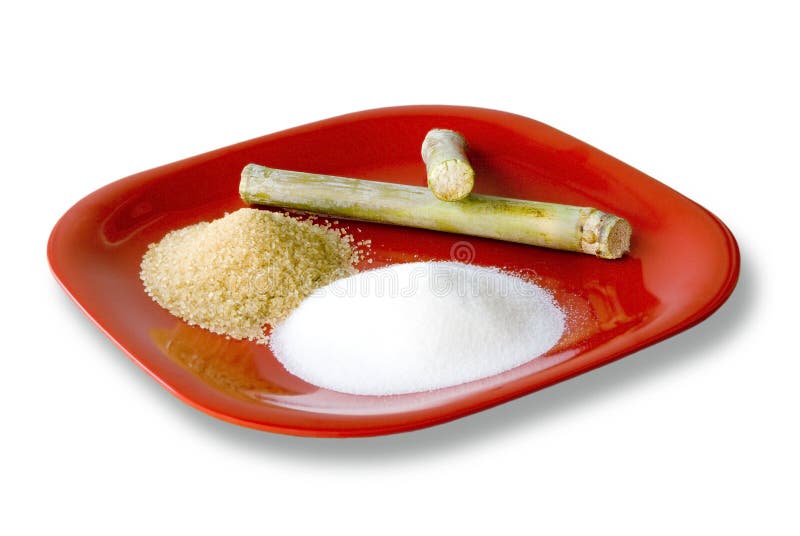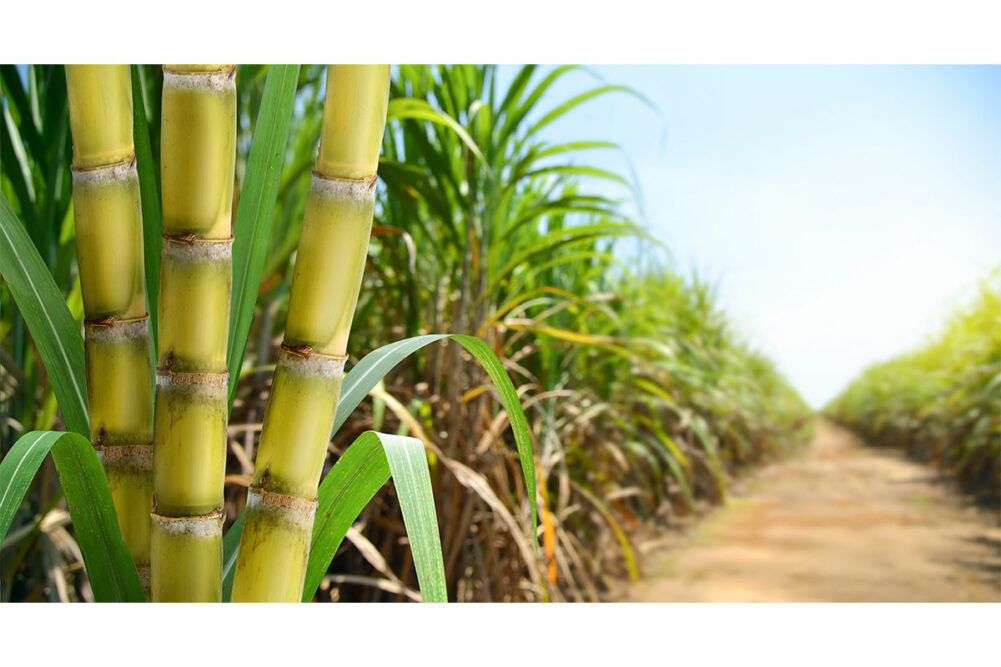The Trip of Sugarcane: From Harvest to Everyday Products
The journey of sugarcane is a multifaceted process that starts with thorough farming and finishes in a variety of products that permeate our lives. From the minute the canes are collected at their optimal sucrose degrees, they go through a series of intricate steps, consisting of washing, squashing, and clarification. These procedures not just yield sugar but additionally unlock a variety of byproducts, such as ethanol and biodegradable packaging materials. As we discover the different facets of sugarcane's journey, its function in sustainability and the more comprehensive implications for our setting entered into sharper emphasis. What lies beyond the wonderful surface?
Farming of Sugarcane
The farming of sugarcane is an important farming process that calls for details ecological conditions and monitoring practices. Ideal growth takes place in subtropical and exotic regions where temperature levels range in between 20 ° C and 32 ° C. Adequate rains or watering is vital, as sugarcane thrives in damp dirt with well-drained conditions (sugarcane product). Soil top quality considerably affects return; thus, farmers commonly conduct soil examinations to determine nutrient demands
This technique helps with effective gathering and takes full advantage of sunshine exposure. Crop rotation and intercropping are recommended techniques to boost dirt fertility and minimize bug invasions.
Fertilization is one more crucial aspect, with potassium, phosphorus, and nitrogen being the key nutrients needed for optimum development. Timely application of these fertilizers can significantly boost sugar returns. Furthermore, keeping track of for diseases and parasites throughout the expanding season is important, as these factors can detrimentally influence crop health and performance. In general, successful sugarcane farming rests on a combination of ecological stewardship, tactical preparation, and ongoing administration practices.
Collecting Methods
Effective sugarcane cultivation finishes in the gathering phase, which is critical for optimizing yield and guaranteeing top quality. The timing of the harvest is important; sugarcane is commonly collected when sucrose degrees top, typically between 10 to 18 months after planting. This duration differs based upon environment, soil kind, and sugarcane selection.
Harvesting strategies can be broadly categorized into guidebook and mechanical methods. Hands-on harvesting is labor-intensive, depending on competent employees that use machetes to cut the stalks short. This approach permits careful harvesting, where only the ripest walking canes are chosen, thus improving total sugar web content.
Conversely, mechanical harvesting has gotten appeal as a result of its efficiency and cost-effectiveness. Specialized harvesters furnished with reducing blades and conveyor systems can refine huge areas quickly, considerably minimizing labor prices. Nonetheless, this strategy might lead to the inclusion of immature canes and a potential decrease in sugar quality.

No matter the method used, making certain that collected walking sticks are carried rapidly to processing centers is crucial. Trigger dealing with reduces spoilage and maintains the stability of the sugarcane, setting the stage for optimum processing.
Processing Methods
Processing sugarcane involves a number of essential steps that change the gathered stalks into useful items, mainly sugar and molasses. The initial phase is washing the cane to eliminate soil and particles, complied with by the removal of juice with crushing or milling. This procedure usually employs hefty rollers that break the walking cane fibers to release the pleasant liquid had within.
When the juice is extracted, it goes through clarification, where contaminations such as soil fragments and bagasse are removed. This is usually accomplished by including lime and heating the juice, permitting sedimentation. The cleared up juice is then focused through evaporation, where water web content is decreased, causing a thick syrup.

Ultimately, the processing of sugarcane not just generates sugar and molasses but likewise prepares for various derivatives, which will certainly be discovered in succeeding discussions.
Products Derived From Sugarcane
Sugarcane is a flexible plant that generates a wide range of items past simply sugar and molasses. Amongst the primary by-products are ethanol and biofuels, which have gotten prestige as renewable energy sources. Ethanol, created with the fermentation of sugarcane juice, acts as a different to fossil gas and is frequently mixed with gas to produce cleaner-burning gas, minimizing greenhouse gas exhausts.
In addition, sugarcane is a substantial resource of bagasse, the coarse deposit continuing to be after juice extraction. Bagasse is made use of in various applications, including the manufacturing of paper, biodegradable packaging, and as a biomass gas for power generation. Its usage not only minimizes waste however likewise improves the sustainability of sugarcane processing.
In addition, sugarcane-derived items prolong to the food market, where it acts as an all-natural flavor agent and sweetener in numerous culinary applications. In the realm of cosmetics, sugarcane removes are included into skincare items because of their natural exfoliating residential or commercial properties.
Environmental Influence and Sustainability
The growing and processing of sugarcane have substantial ramifications website here for ecological sustainability. This crop needs substantial water resources, frequently bring about deficiency of local water products and impacting bordering ecological communities. Furthermore, using anchor plant foods and pesticides in sugarcane farming can lead to soil destruction and waterway air pollution, positioning threats to biodiversity.

Sustainable sugarcane farming likewise advertises dirt health with plant rotation and decreased husbandry, boosting carbon sequestration. The adoption of these practices not only sustains ecological integrity but likewise boosts the strength of farming communities against climate modification.
Verdict
In recap, the journey of sugarcane encompasses different phases from farming to handling, ultimately resulting in a broad variety of items. The value of sugarcane expands beyond mere sweeteners, adding to sustainable energy with ethanol manufacturing, sustainable packaging via bagasse, and natural extracts for cosmetics. This multifaceted crop plays an important function in both dietary enrichment and ecological sustainability, highlighting its value in modern farming and industrial methods.
Successful sugarcane cultivation culminates in the harvesting phase, which is pivotal for making the most of yield and ensuring quality. The timing of the harvest is essential; sugarcane is generally harvested when sucrose degrees optimal, generally in between 10 to 18 months after planting.Processing sugarcane entails numerous important actions that transform the harvested stalks right into useful products, primarily sugar and molasses.Sugarcane is a versatile plant that yields a vast array of items past just sugar and molasses. Furthermore, the usage of plant foods and pesticides in sugarcane farming can result in dirt destruction and waterway air pollution, positioning dangers to biodiversity.